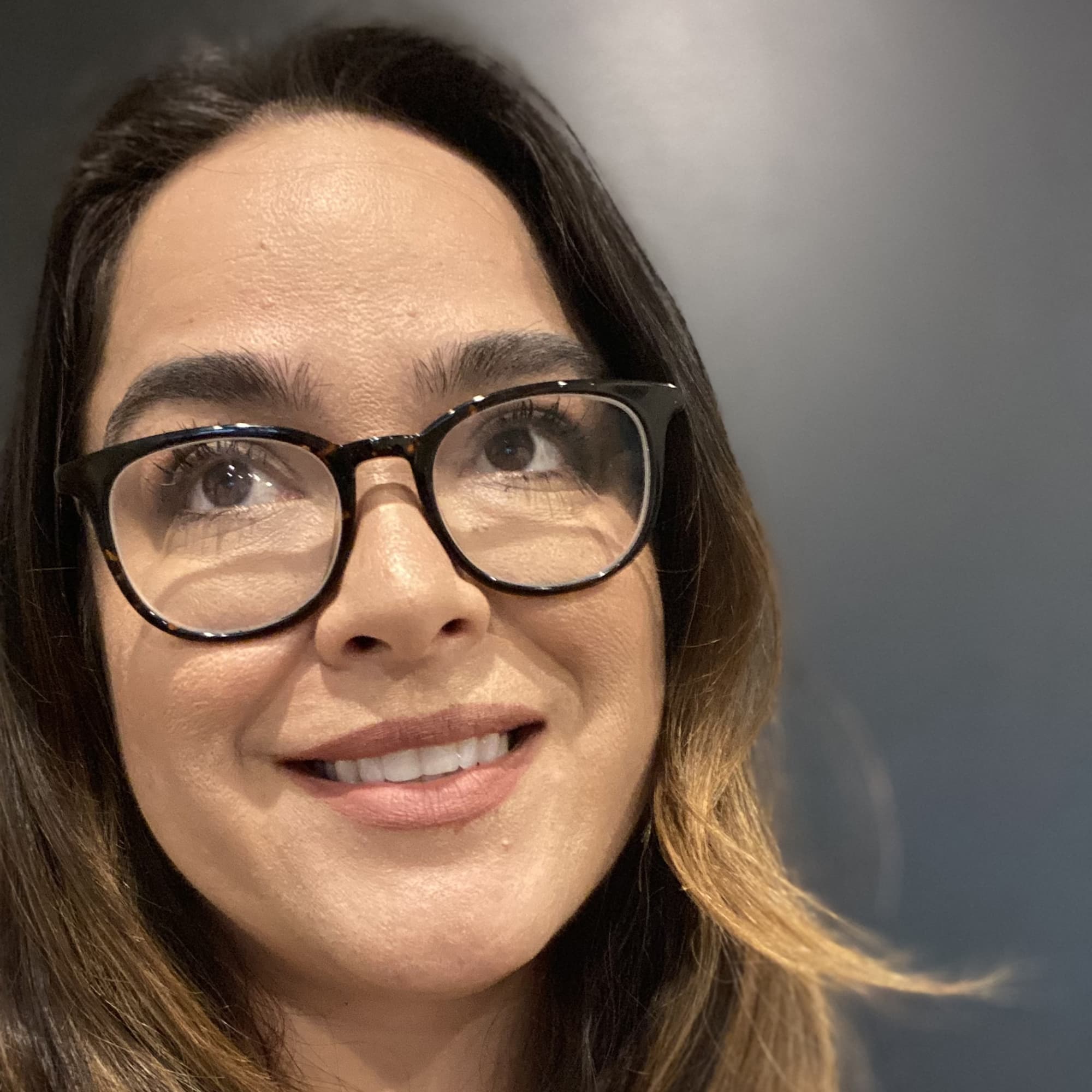How to Become a Pharmacist
If you’re interested in medicine, science, and medication, you might be suited to a career as a pharmacist. A pharmacist has a vital role in healthcare. They are responsible for dispensing medication and advising patients on how to use prescription medications safely and effectively.
Being a fully qualified pharmacist requires specialized undergraduate and postgraduate education and training. However, your hard work may pay off. In addition to serving an important role in healthcare, the average pharmacist earns a salary over six figures.
What Are the Steps to Become a Pharmacist?
Becoming a pharmacist can be a lengthy process, beginning as early as high school. Aspiring pharmacists will likely want to take relevant AP classes and get a bachelor’s degree in a relevant field, before gaining practical healthcare experience and taking an exam. Finally, earning a PharmD will help make you a fully licensed pharmacist.
Step 1: Earn a Bachelor’s Degree
You will need a four-year bachelor’s degree to pursue a career in pharmacy. Some schools offer a pre-pharmacy track, which is ideal for an aspiring pharmacist, but many colleges do not. If your college does not offer a pre-pharmacy track, consider speaking to your college’s career advisors about what classes you should take.
When choosing your major, you should consider bachelor of science (BS) programs. Potential majors for a student who wants to work in pharmacy include chemistry, biology and the biological sciences, and related scientific fields — science, technology, engineering, and math (STEM). However, speak to advisors at your college before declaring a major to be certain your major is right for you.
Step 2: Gain Practical Experience in the Healthcare Field
Working as a pharmacy assistant or pharmacy tech can be a great way to get experience that schools like. During or after your undergraduate degree program, it can be a good idea to gain practical experience in the healthcare field, and the pharmacy profession in particular.
This can be in the form of an internship, where you will do low-level healthcare work. Or, you can shadow a qualified pharmacist, where you watch them as a pharmacy tech, during typical days “on the job.” You may also consider volunteering in a healthcare facility, like a hospital.
Healthcare experience is important. It can help you determine if this is the right career for you before you commit to a graduate program. Having some experience, even if it means taking a gap year after college to intern or volunteer, will also be an important part of your pharmacy school application.
Step 3: Earn a Doctor of Pharmacy Degree
Once you’ve been accepted to a pharmacy program, you will then pursue your PharmD degree. This degree typically takes four years to complete, sometimes in a 2+4 or 3+4 program where students complete some of their prerequisite courses in undergrad.
Pharmacy programs can be highly competitive, so students should research admissions statistics before applying. Students will complete required coursework, hands-on supervised clinical experience, and electives during their pharmacy degree program, from their first year on.
Coursework requirements and options to specialize can vary from school to school, so applicants should research particular programs in advance.
Step 4: Decide If a Residency Program Is Best for You
After you have finished your degree, your school can help you match with a residency program — although it is not required for pharmacists.
Deciding whether or not to do a residency can be a tough decision. Many aspiring pharmacists don’t complete a residency. Talk with advisors, professors, and fellow students. They can help you decide if a residency is the right path for you.
If you take on a residency, you will work intensively as a pharmacist under some supervision, typically for about two years, before getting a license.
Residency applications start in your fourth year. If you want to do a specialized residency for a particular type of pharmacy work, you will need to know well before you apply, since residencies can be very competitive.
Residents are paid a salary, although it is generally substantially lower than that of a licensed pharmacist. The average pharmacy resident makes around $45,000 per year.
Step 5: Become a Licensed Pharmacist
The National Association of Boards of Pharmacy (NABP) is responsible for managing pharmacy licenses. You will need to apply to your state’s board of pharmacy to get your license, and transfer to another state’s licensure program if you are moving and wish to practice pharmacy elsewhere.
You will need to pass the North American Pharmacy Licensure Examination (NAPLEX), which you can study for in advance. You will also need to complete any required clinical hours and fulfill any other requirements of their state’s licensure program.
What Does a Pharmacist Do?
A pharmacist is responsible for reviewing the appropriateness of therapy, prescribing under certain circumstances, and providing recommendations to practitioners. They provide patients with instructions and advice on the safe use of their medications. Pharmacists must be highly qualified, with a licensing exam they must pass.
Earning a doctor of pharmacy (PharmD) degree takes on an extensive postgraduate education.
Becoming a pharmacy technician, who fills prescriptions and checks inventory in a pharmacy, does not require a four-year degree, although it does require training and qualifying exams.
For those looking to change careers to work in a pharmacy, you may want to consider qualifying and working as a pharmacy technician. You can gain experience in the field before continuing your studies and training to become a full-fledged pharmacist.
Pharmacist Responsibilities
- Dispense medicines, which have been prescribed by doctors, to patients
- Offer expert advice and warnings about the safe and effective use of prescription medicines and any circumstances where they may be dangerous (while operating machinery, for example)
- Conduct basic health and wellness screenings, including checking blood pressure and other indicators
- Provide immunizations, such as seasonal flu shots
What to Know Before Becoming a Pharmacist
Before you begin your educational journey to become a pharmacist, there are a few factors you need to consider when looking at schools and pharmacy programs.
It is important to make sure that you will be enrolling in an accredited program, which will give you legitimate pharmacy qualifications. You should also ensure that you are aware of the total cost of the program before you enroll, and that you have a plan to pay for your degree.
Accreditation
It is very important that your pharmacy degree program is accredited. This means that it has been found to meet certain standards of difficulty and thoroughness in the curriculum and has been recognized by an accreditation board. The degree you obtain will be recognized by residency programs and potential future patients and employers.
Cost
Becoming a pharmacist can be expensive, like any higher education program. The average cost of a bachelor’s degree in the United States is $36,440, including living expenses, books, and more. Pharmacy school itself costs between $65,000-$200,000 to complete, before living expenses.
Pharmacy is generally a higher-earning career, so many people consider the cost of a pharmacy education to be of good value.
Salary
According to the Bureau of Labor Statistics, the median annual salary for a pharmacist is $136,030, as of May 2023. This number can vary depending on location, experience level, and individual workplace.
The top-paying states for pharmacists are: California, Texas, Florida, New York, and Pennsylvania. The average annual salary for pharmacists in California, the highest-paying state, is $157,280.
Frequently Asked Questions About Becoming a Pharmacist
What qualifications do you need to become a pharmacist?
To become a licensed pharmacist, you will need a PharmD degree. Some also complete a residency. This is different from a pharmacy technician, which is a qualification that can be earned without a degree.
Because a PharmD is a postgraduate degree, you will need to have completed a bachelor’s program before you begin (except in a few exceptional circumstances, such as through an accelerated undergraduate pharmacy program).
Typically, it takes eight years of post-high school education, with four years as an undergraduate and four years in a PharmD program, before you become a fully qualified pharmacist.
What is the fastest way to become a pharmacist?
There are a few pharmacy schools which offer a six-year “0-6” pharmacy degree program, where students can enter directly out of high school. These programs are generally considered the fastest way to become a pharmacist in the United States.
However, admission to these programs is extremely competitive. So acceptance into one is rarely a sure thing. If you do not do a “0-6” program for whatever reason, you can complete prerequisite courses in your undergrad degree and gain relevant volunteer or internship experience before you apply for a PharmD postgraduate program.
How much does it cost to become a pharmacist?
The cost of becoming a fully licensed pharmacist will vary significantly depending on a variety of factors. Since pharmacists need both an undergraduate and graduate degree, you will need to factor in tuition, fees, and living expenses for both programs.
This will vary significantly depending on in-state or out-of-state tuition, cost of living in specific areas, scholarships and grants, and more.
Can I become a pharmacist with an online undergraduate degree?
Pharmacy is not typically offered as an undergraduate major, and postgraduate PharmD programs are not offered online.
However, if you have completed your bachelor’s degree online and want to apply for an in-person pharmacy program, as long as your online degree is accredited, you should be able to apply for pharmacy school.
Check with the pharmacy programs you are looking to apply to for more specific information about what type of undergraduate qualifications they require before you submit your application. Requirements can vary by school.
What does pharmacy training look like?
Pharmacy training in a postgrad PharmD program will generally offer a mixture of practical, hands-on training and traditional lectures and exams. The program, which lasts four years, requires coursework, clinical hours, hands-on training, electives, and offers opportunities to specialize. The exact curriculum can vary from school to school.
Some students complete a residency, usually lasting three years, after finishing pharmacy school but before applying for jobs as a pharmacist. Residency will not have lectures, but it will give you on-the-job experience with some supervision.
Note: The insights on this page — excluding school descriptions — were reviewed by an independent third party compensated for their time by BestColleges.
Explore More College Resources

How to Become a Respiratory Therapy Assistant
Some respiratory therapy assistants only hold a high school diploma, though other credentials may be required. Find out how to join this profession.

by Nalea Ko
Updated May 13, 2022



